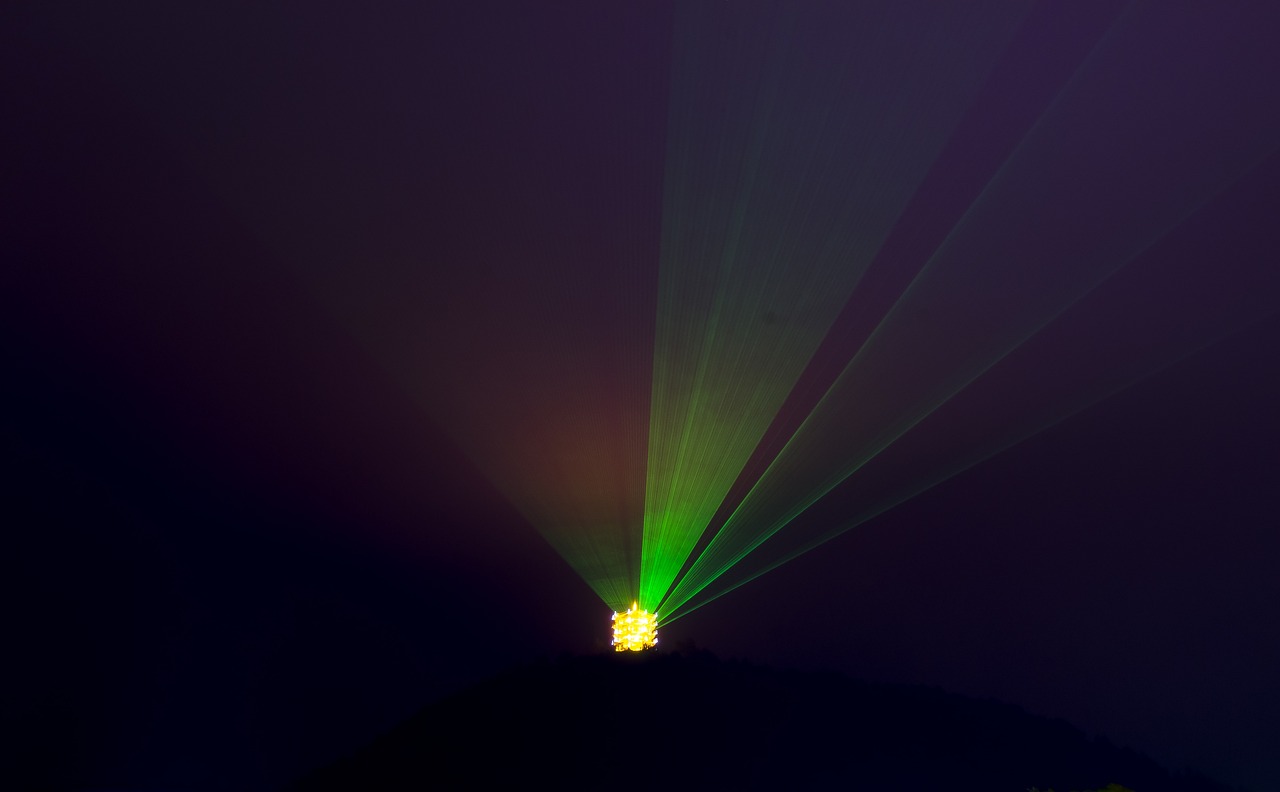This post is also available in:
 עברית (Hebrew)
עברית (Hebrew)
Scientists from the UK and South Korea have discovered a way to create laser pulses that are 1,000 times stronger than what is currently possible, a technique that could enable important discoveries into the very nature of matter.
In a study published in ‘Nature Photonics’, the scientists used computer simulations to discover a new way of compressing light that can drastically increase its intensity to the extent that it can extract particles from a vacuum.
According to Interesting Engineering, the researchers proposed a simple idea to revolutionize the next generation of lasers- using the gradient in the density of plasma to cause photons to bunch together. This technique, if successful, could increase the power of lasers by more than one million times from what is currently achievable.
Professor Dino Jaroszynski of the University of Strathclyde’s Department of Physics explains: “An important and fundamental question is what happens when light intensities exceed levels that are common on earth. High-power lasers allow scientists to answer basic questions on the nature of matter and the vacuum and explore what is known as the intensity frontier.”
This new laser amplifying technique will reportedly help physicists explore fundamental topics of interest, and the research has applications in astrophysics by simulating stellar phenomena and addressing energy issues through laser fusion research. It could push our understanding of the Schwinger limit- a theoretical point where light can be converted into matter- which would have immense theoretical and practical implications.
Professor Min Sip Hur of UNIST states that “the results of this research are expected to be applicable in various fields, including advanced theoretical physics and astrophysics. It can also be used in laser fusion research to help address the energy issues facing humanity. Our combined Korean and UK teams plan to experimentally test the ideas in the lab.”
Strathclyde University explains that high-power lasers also enable the study of astrophysical phenomena in the laboratory, providing unique glimpses into the interior of stars and even for the origin of the universe.


























